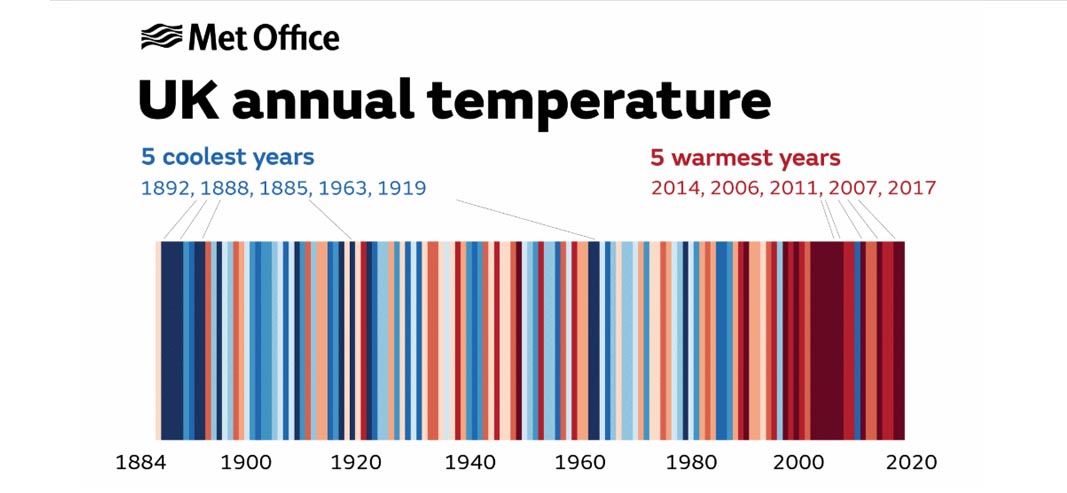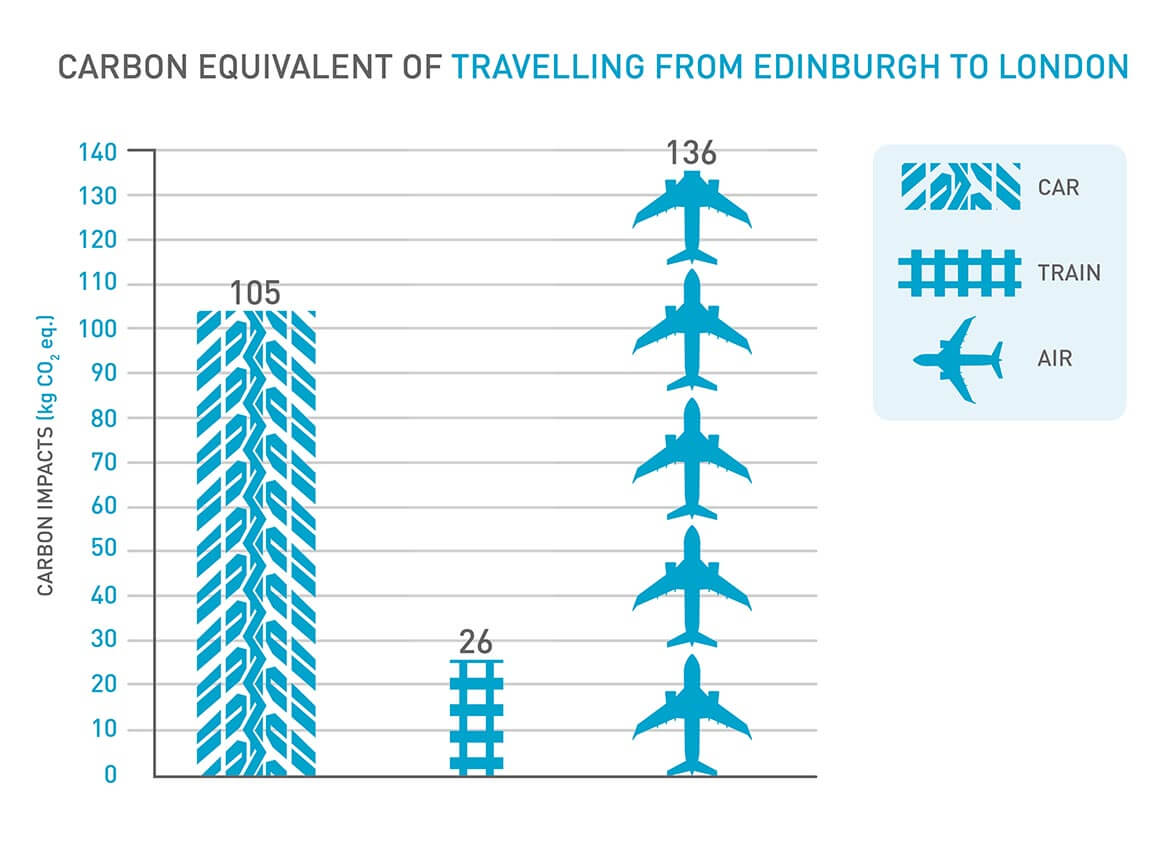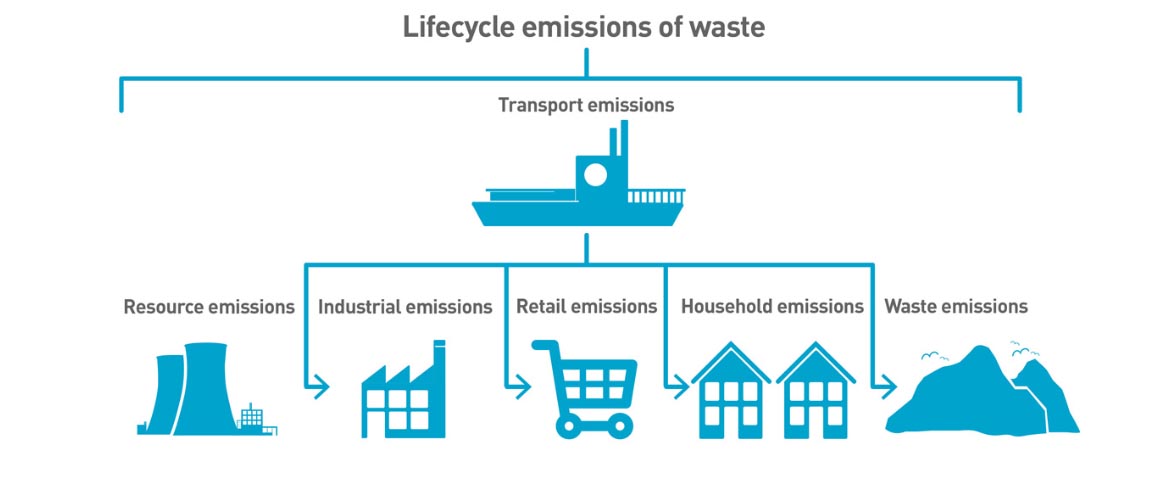
What is a carbon footprint?
The climate crisis is never far from the news these days. Between the rise of environmental activism, the climate strikes and Swedish campaigner Greta Thunberg demanding action from world leaders the column inches are on the rise. Just like our sea levels.
Governments and politicians are under pressure to tackle the climate emergency, nevertheless we all need to take action to limit our carbon footprints. But what exactly is a carbon footprint?
Unlike muddy footprints across the kitchen floor, which let’s face it will always happen as soon as you put the mop away, your carbon footprint is a widely used measure of the amount of greenhouse gases, especially carbon dioxide, released into the atmosphere as a direct and indirect result of human activities.
Carbon is a shorthand for all the different greenhouse gases that contribute to global warming. Along with carbon dioxide, the main greenhouse gases are methane, ozone, nitrous oxide, and chlorofluorocarbons. To keep things simple, carbon footprints are measured in tonnes of carbon dioxide equivalent (CO2 eq.).
The size of our carbon footprints and resulting effects on climate change are impacted by all of the decisions we make in our day to day lives, from the clothes we wear and the food we eat to the way we travel and even who we choose to bank with.
Heating up Scotland
The climate of our blue planet is always changing. However, scientists have noticed that the Earth’s temperature has risen rapidly in recent decades as we burn more fuel to power factories, cars, busses, and planes.
Our actions emit a number of gases that trap the Sun’s heat from escaping and are causing the greenhouse effect. About 90 percent of this heat is absorbed by the greenhouse gases and is radiated back towards the surface.
Since 1884, Met Office records show the top 10 warmest years have all been within the past two decades. None of the top 10 coldest years have been recorded since 1963.
We know that climate change is causing more extremes of weather - despite the infamous ‘Beast from the East’ bringing snow, ice and disruption to most of the country in early 2018, the year comes in at number seven on the top 10 warmest.

Do you need to take the car?
Take the carbon footprint of travelling from Edinburgh to London by different modes of transport. Our analysis shows flying has the highest carbon impacts at 136 kg CO2 eq. - the same as running a 32” smart-TV for one whole year.
Travelling to London by train instead of by car reduces total carbon impacts by nearly 80 kg of CO2 eq. which is equivalent to making nearly 1,500 cups of tea.

Why should we measure our footprint?
Measuring our impacts is also essential to introduce effective measures and policies to tackle climate change. The Scottish Government established a National Indicator to reduce the overall carbon footprint.
Zero Waste Scotland developed the Carbon Metric, a ground-breaking tool that measures the whole-life carbon impacts of Scotland’s waste, from resource extraction and manufacturing emissions, right through to waste management emissions, no matter where in the world these impacts occur. After all, climate change is a global problem.
The carbon footprint of waste generated in 2018 by Scottish households is 5.76 million tonnes, down by 104,228 tonnes from 2017 (2%) and more than one million (15%) from 2011.

What we can do, as individuals, to reduce our carbon footprint
Buying and wasting less would help to reduce our carbon footprint. Start to think about the impact of what we consume - take a bowl of cereal for example.
The corn is harvested in the field, transported, processed and put into packaging (made from trees and oil). The milk needs land to feed the cow’s and fuel and energy to produce, package and transport. All of this produces carbon emissions.
We’re not saying “stop eating cereal” - breakfast is said to be the most important meal of the day after all - we just need to be more aware of the impact of what we consume. To break it down, we need to change from a make, use, dispose of culture to make, use, remake.
Consider whether you really need what you are shopping for and thinking about the processes that products go through before reaching the shop floor. Reducing our demand for raw materials and new products would reduce global emissions that are speeding up climate change.
Everyone can make small changes right now to reduce their carbon footprint…
- Shop second hand instead of buying brand new - clothes, furniture, electricals, toys, garden tools - you can pretty much get anything second-hand.
- Take a reusable for a takeaway hot drink.
- When it comes to food, buy local and in season.
- Repair and reuse rather than throwing out.
- Pick gift experiences over ‘stuff’ when buying presents.
- Take a reusable tub to work for your lunchtime takeaway.
- Choose reusable products over single-use - reusable period products, washable wipes and safety razors are a great place to start!
